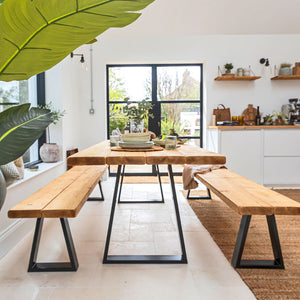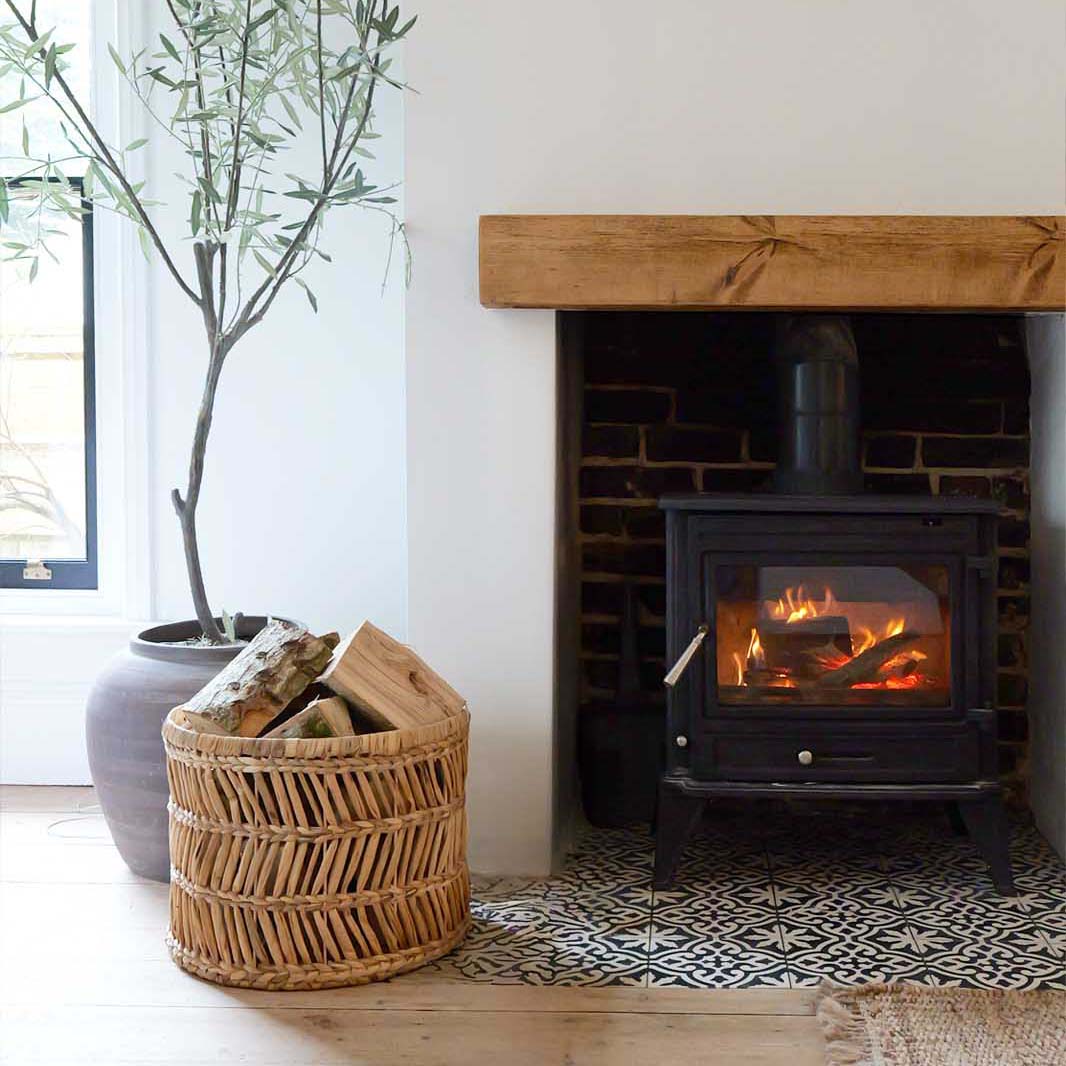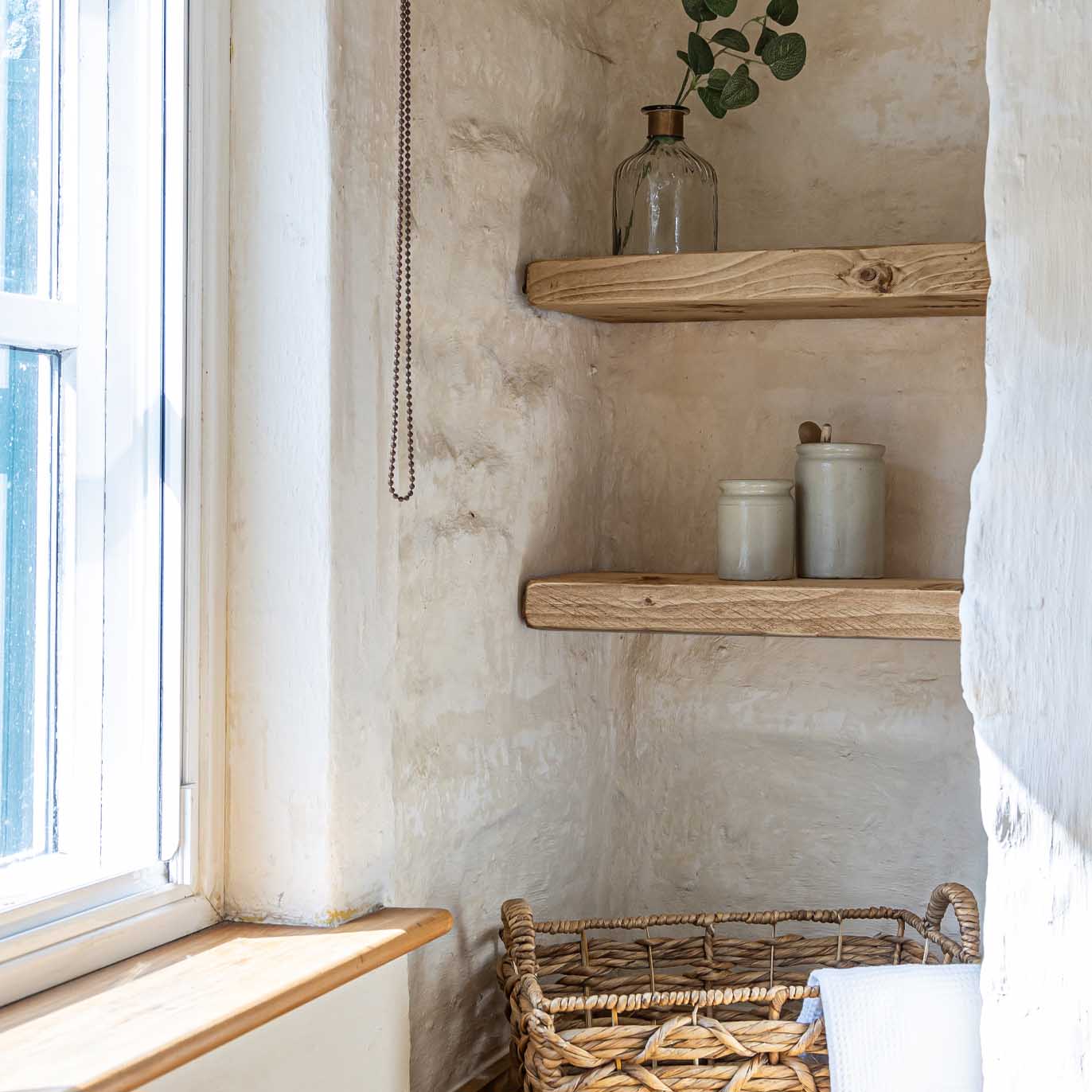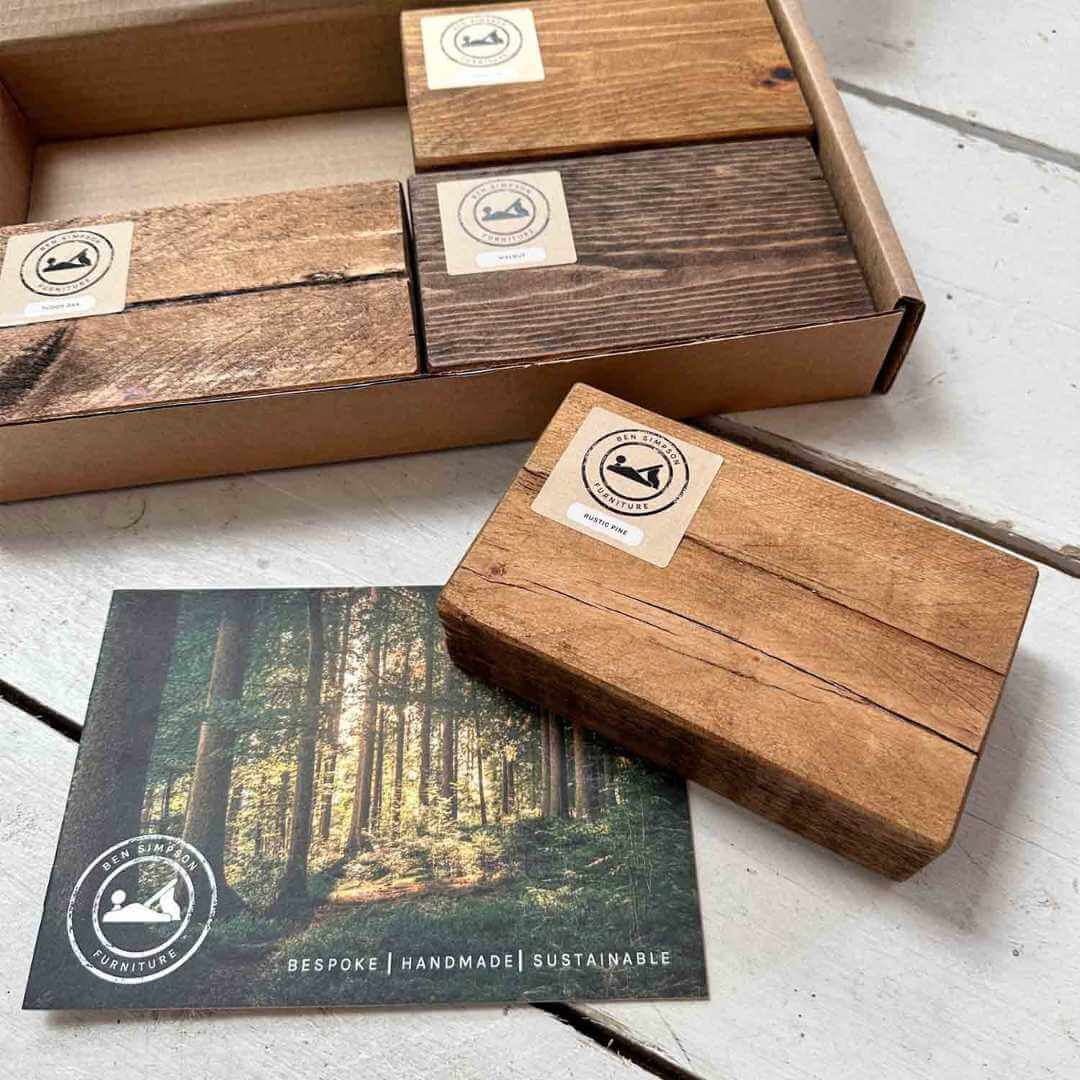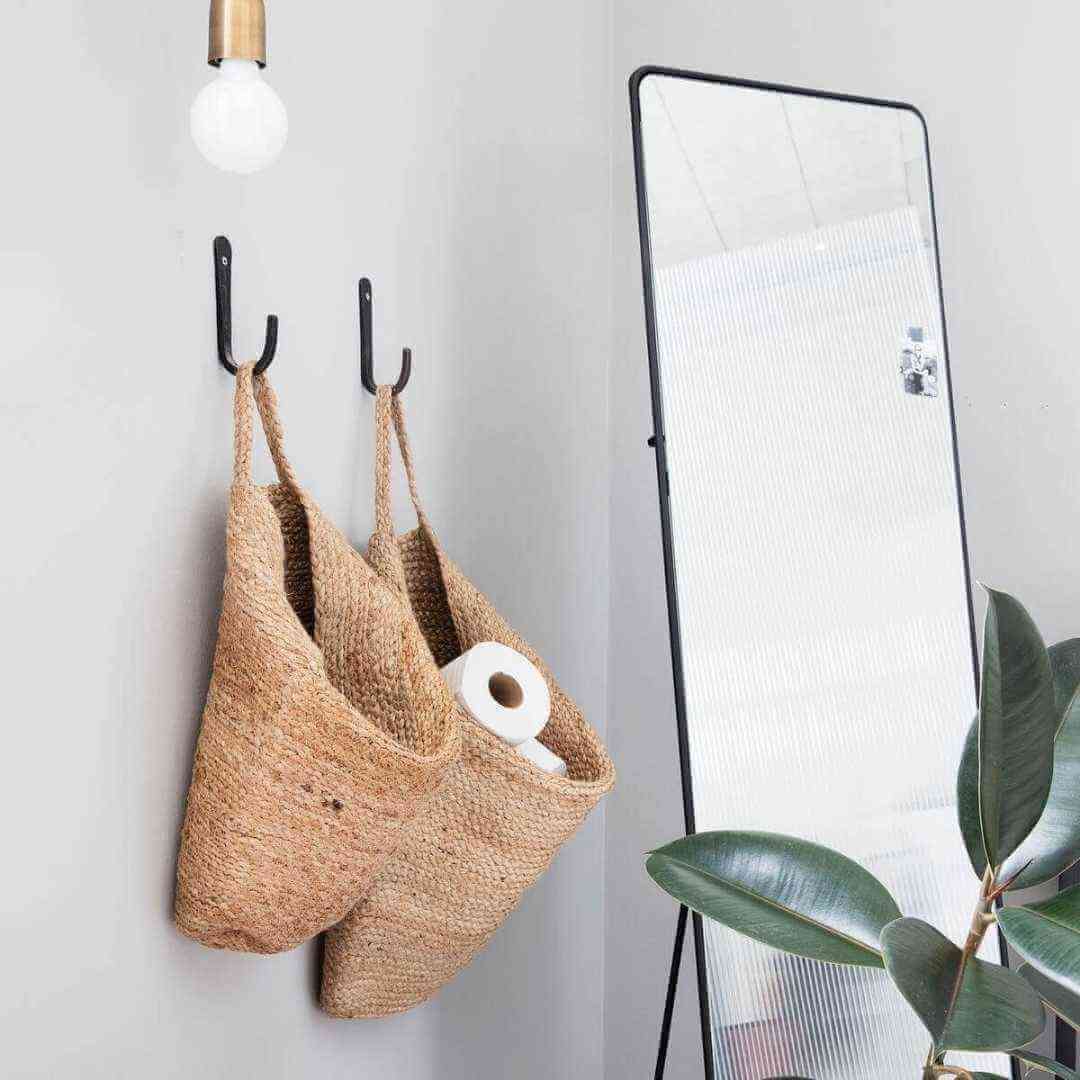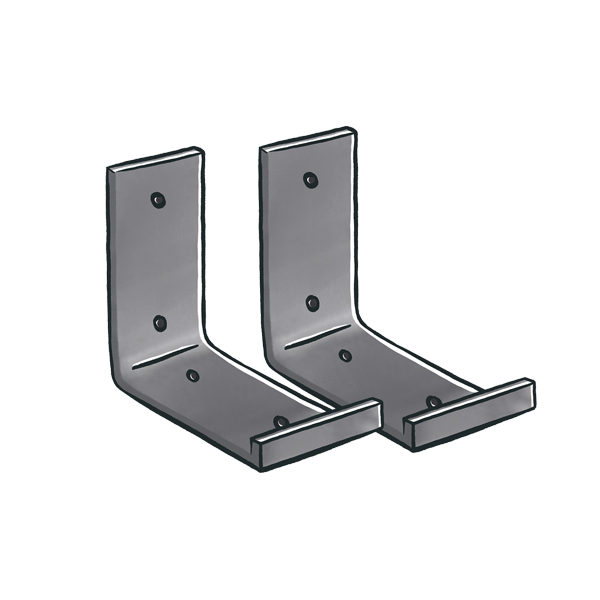
Dawn Matthews | July 22, 2024
Looking After Your Garden Furniture
10 Minute Read
When you’ve been having such an amazing time using it throughout the summer, caring for your garden furniture might not be the highest priority on your to-do list. But with those memories you’ve been making this summer comes the anticipation of more fun times next year, so protecting your outdoor furniture must be done. With your future fun times firmly in mind, maintaining your outdoor furniture properly is a task that your future self will thank you for.
Finding the right furniture for your garden can take time you’ve invested both time and money in finding the set that is perfect for you, then it is well worth caring for your garden furniture properly. In this post, we’re taking a look at the best ways to look after your outdoor furniture, so that it looks great, and remains safe to use for years to come.
Apply the right protection to your garden furniture
Prevention is better than cure when you’re looking after garden furniture. It is outside a lot, and even if you move it into the shed or garage in the winter, it can be damaged by:
🌞 UV exposure from the sun
☔ Being left damp from rain and dew
🌪️ Being knocked over during windy weather
These issues can cause fading, warping and twisting, mould, and cracks being formed due to the freeze/thaw process. None of these are what you want for your beautiful garden furniture. Applying protection from the elements is the best way to keep it looking at its best. There are several ways to protect your garden furniture, depending on what material you’ve chosen.
Wooden garden furniture – particularly when made from soft woods such as pine – should be treated at least once a year, using an oil or varnish. To protect the original colour of your wooden furniture from fading, or to enhance the colour of the wood, you can apply a stain. Hard woods such as teak will last longer and age nicely without treatment, but we would advise that you treat it each year anyway, so it lasts longer.
Metal garden furniture is mostly at risk of rust and corrosion, but keeping it looking good can be as simple as keeping it clean and dry, as well as maintaining any hinges. There are plenty of weatherproof sealants available, and they can be a good choice.
Plastic garden furniture is a low-care option, and the main risk is fading due to the sun, but it can also become brittle when it is left out during extreme weather. To protect plastic patio furniture, you can apply a thin coating of wax once a year or so. A clear car wax is an easy way to help prevent plastic from fading.
During the summer, if you’re not going to be using your garden furniture for a few weeks, or there is wet weather forecast, using garden furniture covers is the best way to keep it from being damaged by the sun and rain. They are available in a range of sizes, so you can keep your outdoor table set, and your outdoor coffee table protected.
For garden accessories such as storage boxes, don’t forget to treat any moving metal parts or hinges with a suitable oil or lubricant to keep them from rusting or becoming stiff.

Secure your garden furniture properly
When you’ve placed it outside for the summer, bear in mind how changeable the weather can be during the Great British summer. We all dream of long, sunny days, but the reality can be quite different – and those stormy days can mean high winds, so make sure your garden furniture won’t get blown over and potentially damaged. This is most important for plastic sets and wicker furniture that are lightweight. Tie furniture to fences, use weights such as sandbags, or simply move it when harsher weather is forecast.
Store outdoor furniture through the winter
Even though your garden furniture is designed to be used outdoors, most pieces won’t be up to being left out through the winter. Wood and wicker will begin to rot if it is left to sit in water, and metal will rust, while freezing temperatures will encourage cracks to form, so be certain to store it away in the garage or shed before the weather turns and the first frosts arrive.
Keep your garden furniture clean
Treating your furniture is the first step, but it certainly isn’t the only one you’ll need to take. During those hot summer days, making sure spillages are cleaned quickly will help prevent damage to the finish. If not mopped up, acidic drinks such as cola and fruit juices can start to eat away at the finish, and the sugar content will attract the bugs – and you don’t want ants or wasps spoiling your fun!
What to use to clean garden furniture
In most cases, plenty of hot soapy water with a good squirt of washing up liquid will do the trick perfectly, since soapy water is safe for use on wood, plastic, rattan, wicker, and glass. Avoid using harsh chemicals such as bleach or kitchen cleaners, as they can damage the finish. Don’t be tempted to use wire wool or scouring pads – they will almost certainly cause scratches that you may not be able to remove.
At the beginning and the end of the warmer weather, washing down your furniture more thoroughly can be a good idea to remove any spiders, dust, and general grime. Pressure washers can be used on some hardwoods such as teak, as well as on metal parts (use a lower pressure) and plastic, but if in doubt, stick to using soapy water with a soft brush or cloth.
When you’re cleaning your outdoor furniture, it is a good idea to use protective items such as safety goggles and rubber, particularly if you’re using a pressure washer or if the furniture is particularly dirty. Splinters and flecks of dirt in your hands and eyes can cause serious problems.
Caring for outdoor soft furnishings
If you’ve got outdoor cushions, throws, and upholstery, then make sure you keep them clean too. Ideally, you’ll have chosen items that can be thrown in your washing machine. If this is the case, then wash following the instructions on the label. If you aren’t sure of the instructions but know you’ve washed them in the washing machine before, opt for a gentle cycle such as the wool or hand wash cycle, using a mild detergent.
For items that aren’t removable or can’t go in the washing machine, use a diluted detergent in some warm water, and give them a scrub using it with a soft brush or cloth. Then, blot them dry and let them dry out fully (ideally for 24 to 48 hours) either in the sun or in the airing cupboard.
To avoid mould and mildew taking hold, make sure you bring upholstery indoors overnight and when it is raining, and before you store your outdoor soft furnishings for the winter, make sure they are properly dry. Should you find mould has taken hold, you can try and treat it with a 50/50 mix of water and white vinegar. Spray it on, leave it for an hour, and then rinse it thoroughly. Then spray it again, and leave the vinegar to dry.
When storing cushions, parasols, and soft furnishings for the winter, don’t use a plastic bag – use breathable containers, to minimise the chance of mould and mildew causing damage.
Repair damage promptly
If your garden furniture does become damaged in some way, be sure to fix it immediately. At best, any spots that are damaged can cause your furniture to look less desirable, and at worst, they could weaken your furniture and make it less safe for use.
If the damage is just to the surface such as a scratch, refinishing your furniture is usually a relatively straightforward process. For wooden furniture, you can sand the piece down and apply a new finish – we talked further about how to do this in this post. Metal furniture can have paint stripped from it and reapplied too, using the right chemicals. Plastic furniture with scratches may be treated using acrylic compounds and buffing.
If you’re unsure how to proceed, you can get great advice at your local independent hardware store.
Our Final Thoughts
Cleaning and caring for outdoor furniture won’t be the most exciting job you’ll do each year. But to maintain it and keep it looking great, it is certainly one that you’ll want to prioritise during spring, and as autumn comes around. Keeping your tables, benches, chairs, and accessories clean with warm soapy water is the best way to easily prevent damage, and applying the right preservative and protection at least once a year will help to protect it from the elements. If you’re treating wooden outdoor furniture, then our outdoor care pack is available in five colours, and of course, when you’ve taken your before and after photos, share them with us! Email us at help@bensimpsonfurniture.com, or tag us on your Instagram posts @bensimpsonfurniture
Other Blogs...

What Colours Are In For Autumn 2021?
Ben Simpson Furniture

Autumn Home Decor Essentials
Ben Simpson Furniture

Getting Your Home Prepped For Autumn
Ben Simpson Furniture

What is Hygge Style?
Ben Simpson Furniture

How To Style A Rustic Home Office
Ben Simpson Furniture













